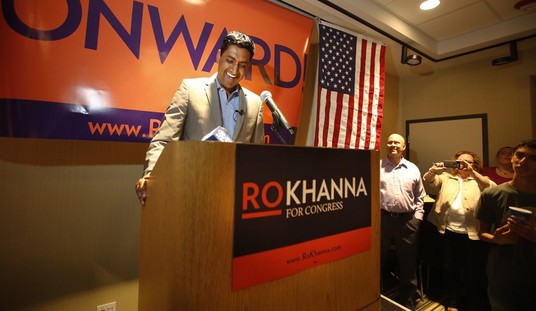The American Action Forum is a think tank run by former CBO Director Douglas Hotlz-Eakin. Monday the group published an estimate of the cost of the Green New Deal. There’s quite a range represented in the outcome depending on which assumptions are used, but the minimum cost estimate over the 10-year budget window would be around $52 trillion dollars. The high-end estimate would be around $94 trillion. Here’s a chart the group published summarizing their conclusions:

As for the details, the group made some assumptions which probably render the cost estimates relatively conservative. For example, on the clean energy piece:
We estimate that to transition to a power sector that has net zero emissions of greenhouse gases in 10 years would require a capital investment of $5.4 trillion by 2029. In addition, the annual operation, maintenance, and capital-recovery costs would be $387 billion.[1] We consider this estimate to be conservative in two respects. First, we assume that a low-carbon electricity grid is feasible with only 4 hours of storage available for renewable resources; academic estimates have said a reliable grid requires 12 hours.[2] Second, we assume no new construction of transmission assets is required, even though efficiently siting new renewable assets will require significant transmission infrastructure.
To reach this bottom line, we assume that states without nuclear moratoriums build approximately 50 percent of their needed capacity with nuclear power, and cover the remaining 50 percent with wind, solar, hydro, geothermal electricity, and battery storage.
That assumption about the use of nuclear power is clearly not what the folks in AOC’s office want to hear. They initially ruled out nuclear construction in the FAQ her office released but later walked that back (along with all the other embarrassing points in the FAQ).
The universal health care piece is a big ticket item but the cost seems relatively clear. By contrast, the cost of the guaranteed job proposal varies tremendously depending on the initial assumptions. Here’s why:
We present four separate cost estimates of the guaranteed employment aspect of the GND, each based on the program outlined by Paul, Darity, and Hamilton in their 2018 paper for the Center on Budget and Policy Priorities (CBPP).[9] We use the same average cost per job figure, $56,000, as employed in their analysis. The table below summarizes the results.
The estimate in the first row follows the same method as in the CBPP report, but uses January 2019 data. It assumes that the U-6 measure of unemployment would be reduced to 1.5 percent. The cost is roughly $547 billion in 2019 and $6.8 trillion from 2020 to 2029.
The second estimate adds to the decline in the U-6 the assumption that, at higher pay, the prime-age labor force participation rate would return to its peak in January 2007 (83.4 percent) and that all of those additional workers would have a government job. That increases the cost to $598 billion in 2019 and $7.4 trillion from 2020 to 2029.
The third row contains an estimate that includes the features of rows one and two, but adds to the cost an assumption that all workers who are currently employed and earn less than $437 per week – the minimum pay proposed by the CBPP report – would switch to the government jobs. That increases the cost to $2.6 trillion in 2019 and $31.8 trillion between 2020 and 2029.
Finally, the bottom row includes workers employed and earning less than $625 per week – the average pay provided by the program according to the CBPP report. That would increase the cost to $3.8 trillion in 2019, $44.6 trillion between 2020 and 2029.
This raises the obvious question: Why would anyone keep a job making less than the government guaranteed job? Maybe you could prevent people who quit from taking those jobs right away but eventually, a lot of people would probably migrate to the higher paying option. That’s especially true if the government jobs turn out to be busy work that doesn’t require much in terms of performance in order to get paid. And needless to say, if AOC gets her way and people “unwilling to work” can still get a check, we’ll have a lot of takers for that option.
The conclusion of the AAF analysis is rather understated: “The Green New Deal is clearly very expensive.” Um, yeah, you could say that. The cost of this proposal, the one that the Sunrise Movement is promoting by sending kids to lawmaker’s offices, is so massive that even doubling taxes wouldn’t begin to cover it. The idea that bringing back a 70% marginal tax (as AOC has suggested) would make a dent in this is laughable.
So what is the plan for paying for all of this? Her answer to how we’ll pay for all of this, after several tries, has come down to this: we have no choice. But we do have a choice and we should exercise that and say no to the Green New Deal.









Join the conversation as a VIP Member